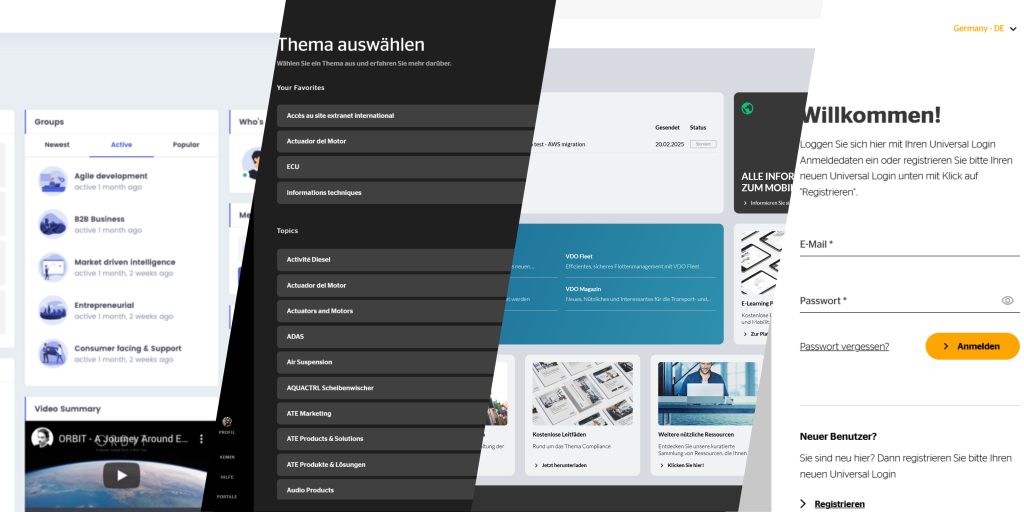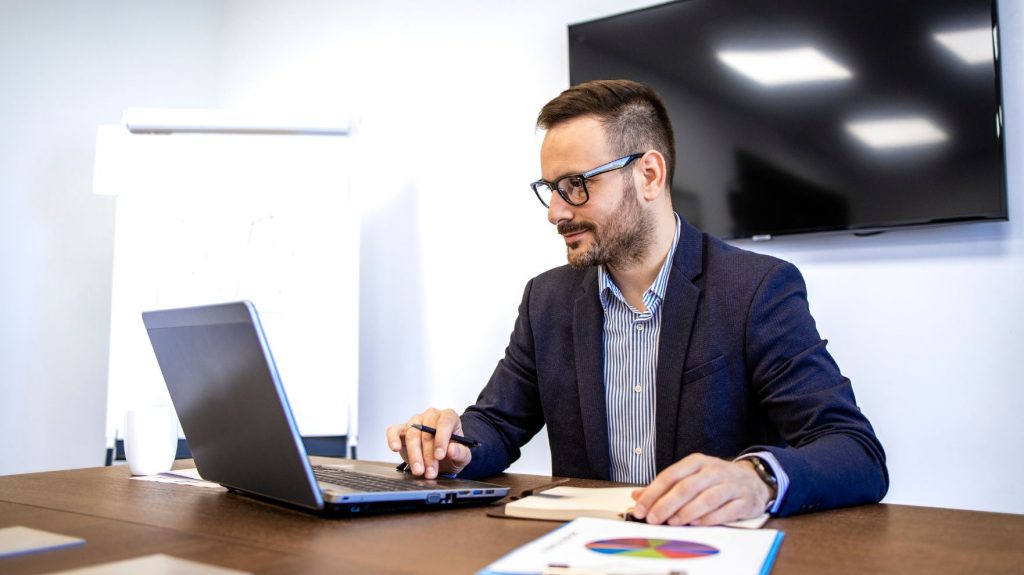Museum 4.0: VR experiment for the German Emigration Center
At a glance
A unique exhibition experiment at the German Emigration Center (DAH) in Bremerhaven investigated how visitors experience different mediation strategies. Among other things, visitors had the opportunity to experience part of the exhibition in VR. To find out the effectiveness of virtual reality, visitors were surveyed before and after taking part in the exhibition.
Client: German Emigration Center Bremerhaven (DAH)
Industry: Culture
Business segment: B2B
Technologies: Unity3D, Motion Tracking, Unreal Engine
Short facts
Our fields of work
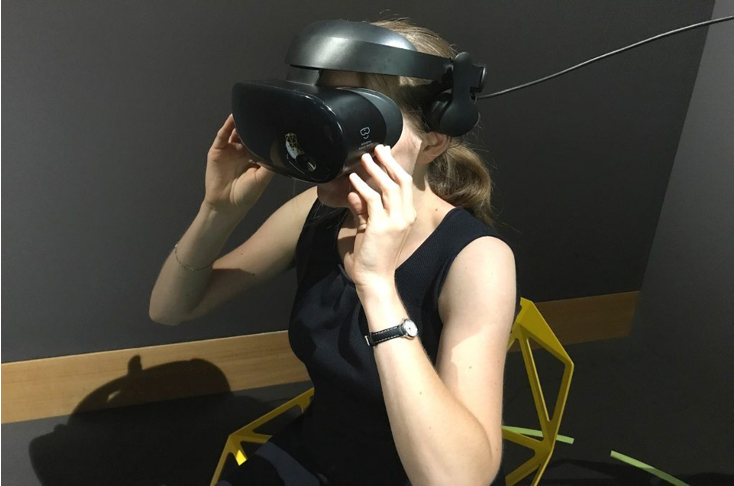
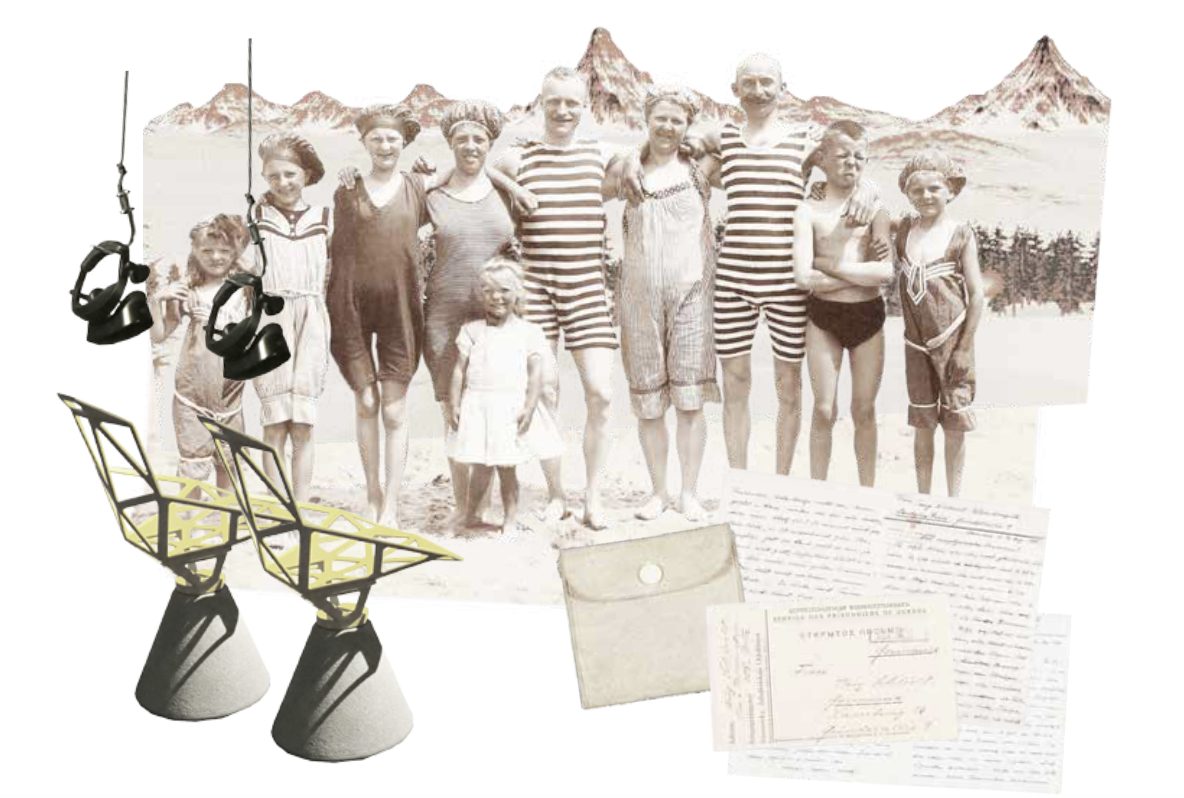
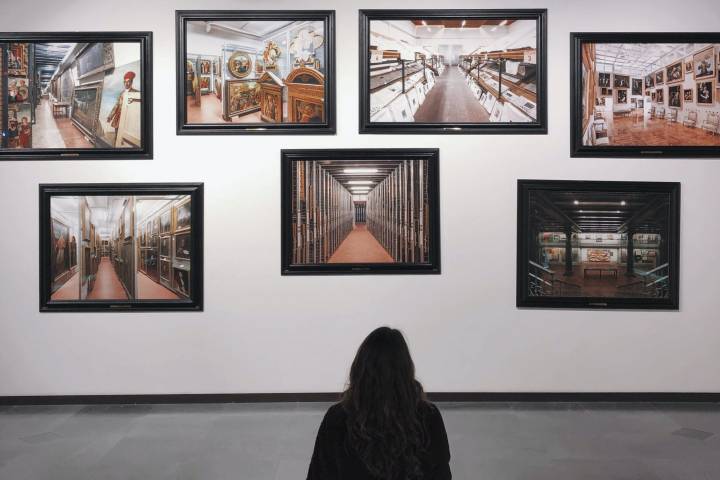
The initial situation
How can you tell a story in such a way that it creates an emotional experience and a long-lasting learning effect at the same time?
Virtual reality is increasingly being used in e-learning and museums. The challenge is to ensure that people are not only impressed by the technology, but also have a meaningful experience.
Together with our partner Studio Andreas Heller GmbH Architects & Designers, we have developed two virtual reality applications to investigate the effectiveness of VR in exhibitions.
The solution
A scientific study is to provide answers to these questions. The idea behind it: By comparing traditional forms of communication and the use of virtual reality, with a particular focus on the emotional impact on visitors. In a specially constructed exhibition, content is conveyed both analog in traditional exhibition rooms and digitally via VR glasses. Together with our partner, we have prepared the story and the associated emotions in analog and digital form.
In order to verify the scientific results, two carefully structured surveys were conducted with the test subjects before and after the visit. The study focused on four main questions:
The results of the study were extremely informative and the feedback from visitors was very positive.
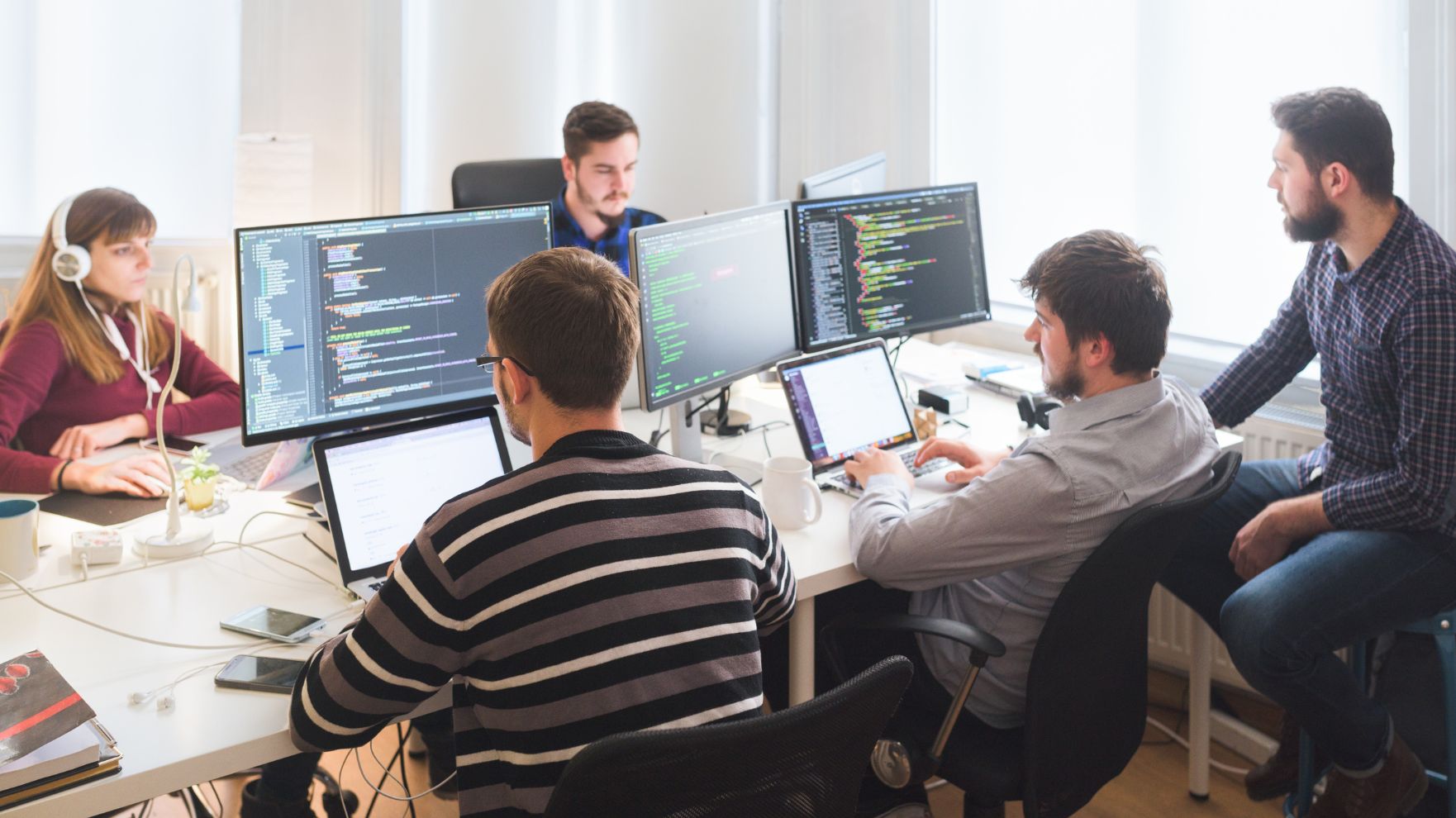
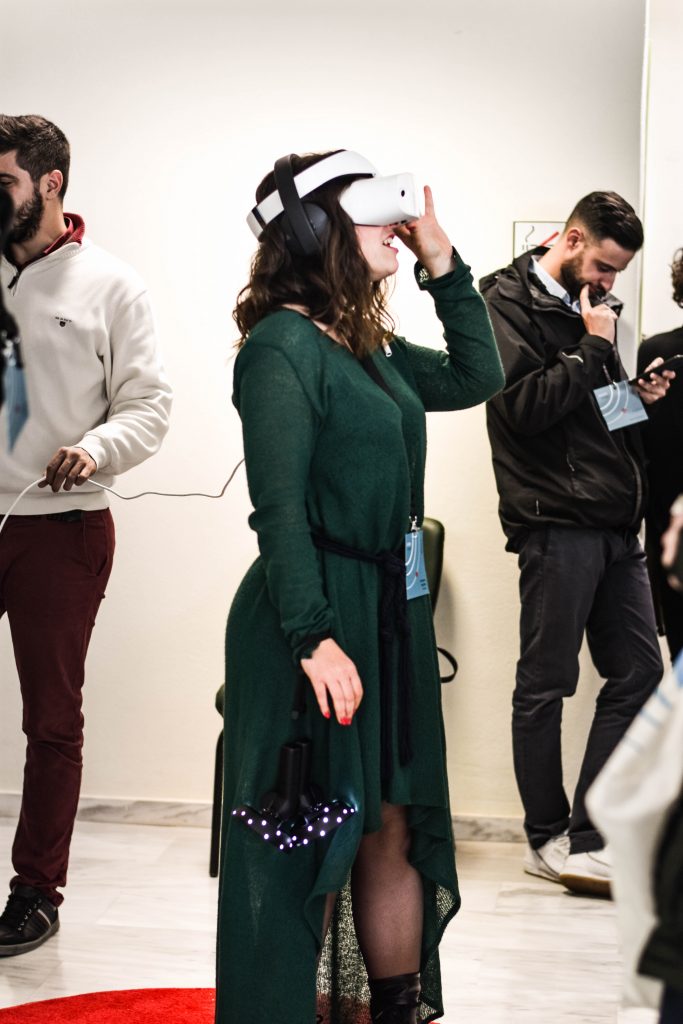
Result
After the exhibition, scientists analyzed more than 1400 questionnaires that had been completed by more than 700 participants before and after the exhibition.
The results were very different. It was very illustrative to see how differently people perceive virtual reality. After completing the experiment, we not only received a lot of positive feedback, but are now also in a position to evaluate the experience.
Successful together in the digital transformation –
Your introductory meeting with DMG
In our introductory meeting we will discuss
- what your current challenges are in digital projects
- how other companies have done it and how you can use this to your advantage.
- what needs to be done now and whether we are the right people for the job.
[ameliastepbooking]

